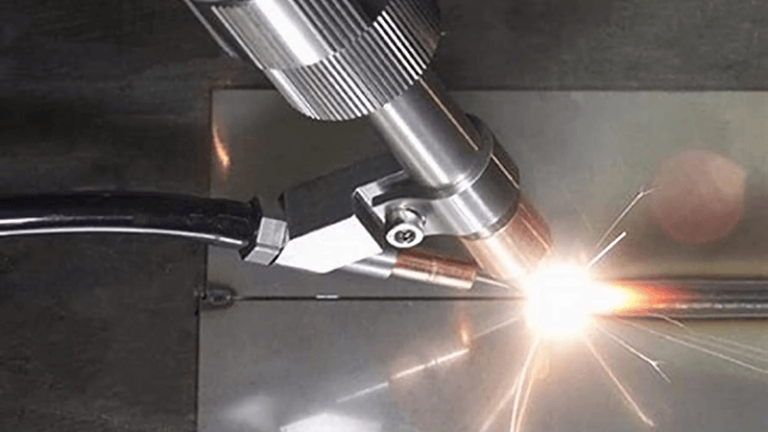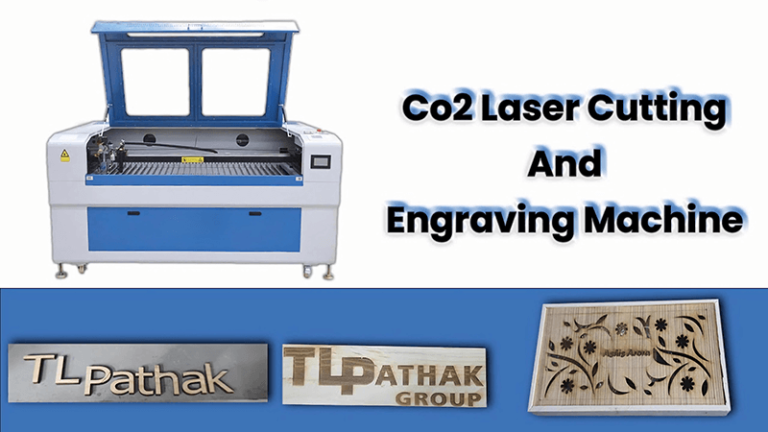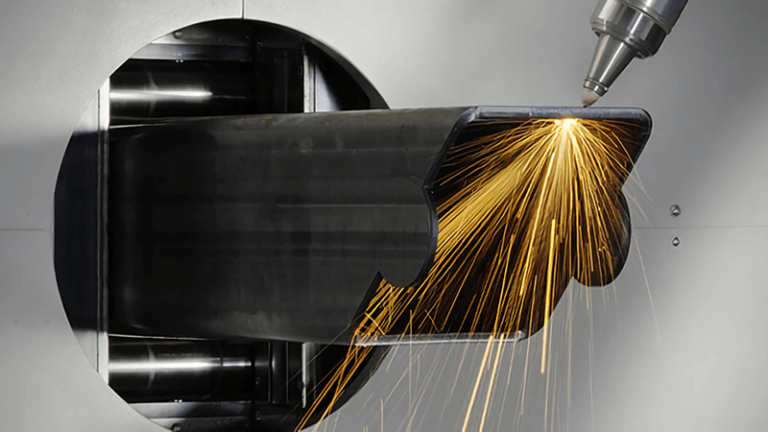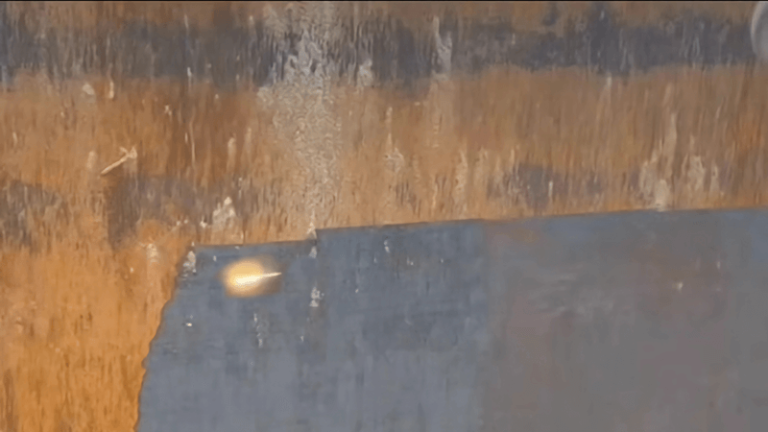Rust stains can be annoying. And when you’re restoring valuable metal—be it an antique, a car frame, or an industrial tool—the last thing you want is guesswork. Many people turn to chemical removers like OxiClean. But are they really the best option?
OxiClean may help fade rust stains on fabrics, but for true rust removal on metal, it's ineffective and inconsistent. Fiber-laser cleaning offers a faster, non-contact, residue-free alternative for precise rust removal.
Chemical solutions often seem convenient, but they come with tradeoffs—messy application, slow progress, and often permanent damage to the underlying material. That's why I never use OxiClean for rust. As the founder of Kirin Laser, I’ve seen firsthand how fiber-laser cleaning machines outperform traditional methods in both speed and precision. Let's dig deeper.
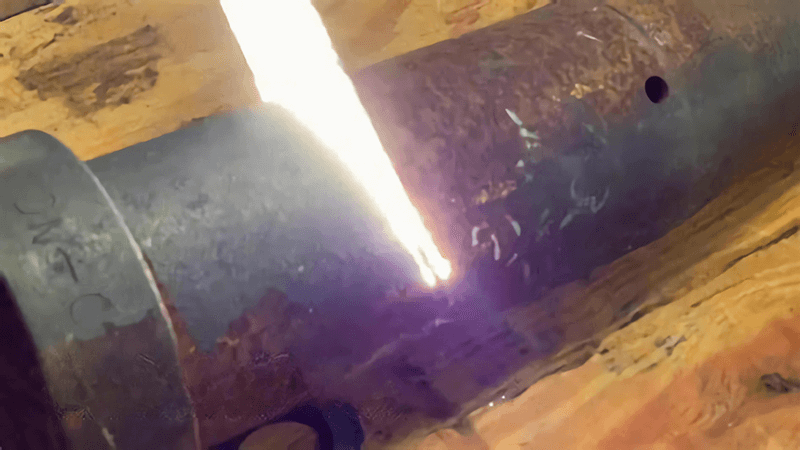
What is the best stain remover for rust?
Rust often forms from oxidation on metal surfaces, but not all removers are made equal. And if you're cleaning industrial machinery or restoring valuable components, the wrong product can ruin everything.
For stain removal on metal, a fiber-laser cleaning machine is the most effective solution. Unlike chemical agents like OxiClean, laser systems remove only the rust without affecting the base metal.
Why lasers outperform chemicals
1. Precision vs. Spill
OxiClean1 is designed for organic stains—grime, grease, and fabric spills—not deep-set oxide layers on metals. Chemical rust removers tend to act broadly, often eating into the substrate if left too long. Laser cleaners, like our Kirin 1000W handheld unit, target only the oxide layer with micron-level accuracy.
| Factor | OxiClean | Fiber Laser Cleaner2 |
|---|---|---|
| Target material | Mostly fabric | Metals and composites |
| Rust removal power | Weak | Strong, precise |
| Surface damage risk | High (chemical burns) | None (non-contact) |
| Cleanup required | High (residue/chemicals) | Minimal (dry process) |
| Speed | Slow (hours) | Fast (seconds to minutes) |
2. No Residue, No Prep
A client in auto restoration used to soak chassis parts in OxiClean and vinegar for hours. After testing our Kirin fiber laser, he dropped chemicals forever. The laser removed rust in one pass—clean, dry, and ready for welding or repainting.
3. Scalable, Professional Finish
For industrial settings, repeatability is everything. Whether cleaning dozens of machine parts daily or prepping surfaces for coating, lasers offer scalability. You control beam diameter, power, pulse width—all customizable to the rust thickness and material type.
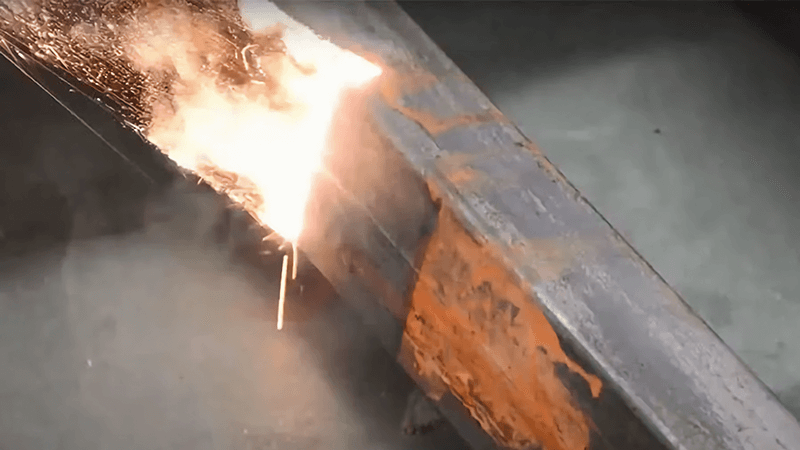
What is the best thing to dissolve rust?
Dissolving rust chemically always involves risk. Acids like oxalic or phosphoric are strong, but they don’t discriminate. They dissolve rust—and your part’s surface. That’s not ideal when precision matters.
A laser cleaner doesn't “dissolve” rust—it vaporizes it. That’s the difference. The oxide is removed cleanly, layer by layer, without touching the underlying metal.
Chemical vs. Physical Removal
Let’s compare the common rust removal methods:
| Method | Description | Pros | Cons |
|---|---|---|---|
| Vinegar / Lemon | Weak acid reaction | Cheap, non-toxic | Very slow, not precise |
| Oxalic / Phosphoric | Strong acid, dissolves rust | Fast reaction | Can damage base metal |
| OxiClean | Sodium percarbonate, lifts light stains | OK on fabrics | Poor results on metal |
| Fiber-Laser Cleaning3 | Laser pulses vaporize rust | Precise, fast, zero contact | Requires initial investment |
Time is Money in Industry
One of our clients operates a factory floor producing precision gears. They tried acid baths to strip rust off stored parts—slow, inconsistent, and often warped the parts. Switching to Kirin’s 1500W laser4 reduced cleaning time per gear from 12 minutes to under 90 seconds. That’s a 7x productivity boost—with better finish quality.
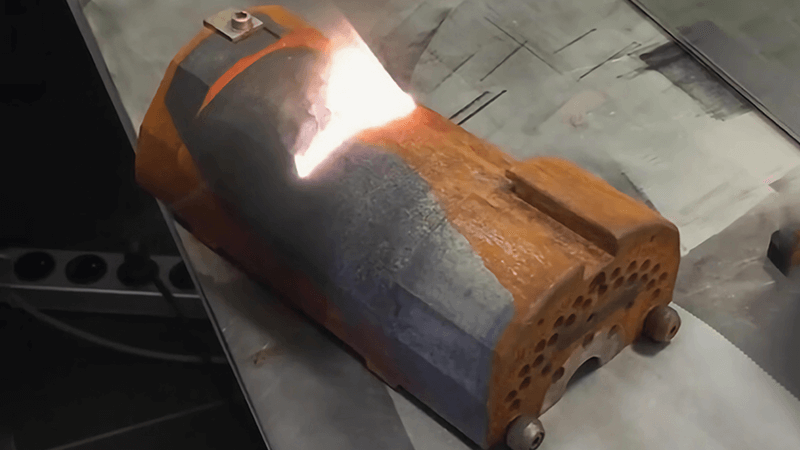
Is OxiClean corrosive to metal?
People often assume OxiClean is gentle because it's sold for home use. But when mixed with water and applied to metal, it can do more harm than good—especially with prolonged contact.
OxiClean is not technically a strong acid or base, but it can accelerate corrosion in some metals due to its oxidizing nature. It is not safe for untreated, exposed metal surfaces.
The science behind OxiClean and corrosion
OxiClean contains sodium percarbonate5, which releases hydrogen peroxide and soda ash when dissolved. This makes it an oxidizer. While it’s good at whitening laundry, on bare metal it can:
- Increase rust formation on ferrous metals
- Leave a white film that’s hard to remove
- Pit or discolor sensitive alloys
Controlled vs. Uncontrolled Reactions
Laser cleaning6, on the other hand, is a dry process. There’s no moisture, no chemicals, and no reaction byproducts to worry about. You get clean metal—period.
| Property | OxiClean | Laser Cleaning |
|---|---|---|
| Corrosion risk | Moderate to high (over time) | None |
| Process control | Hard to dose, messy | Programmable and repeatable |
| Surface impact | Possible pitting | No change to surface integrity |
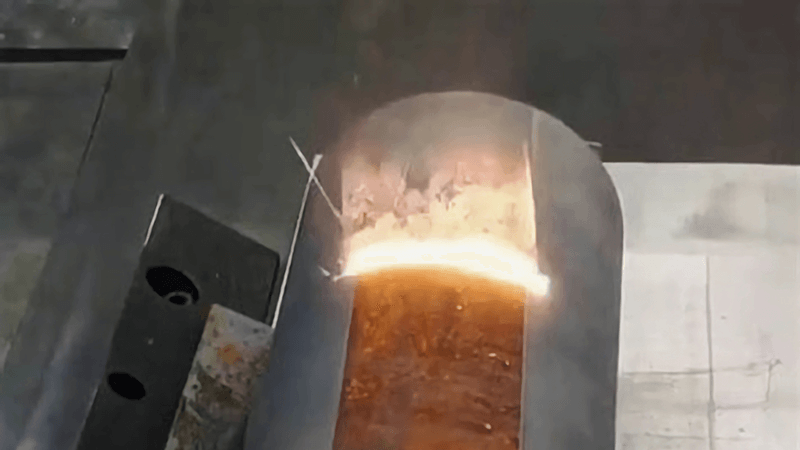
Is borax better than OxiClean?
Some people swear by old-school remedies like borax. It’s a natural mineral used for cleaning and deodorizing. But when it comes to rust, borax is more myth than method.
Borax is slightly alkaline and can soften water, but it does not remove rust effectively. It’s less corrosive than OxiClean, but also far less useful.
Why borax doesn't cut it
I tried borax early in my career, before we developed laser systems. I tested it on rusted tools, car frames, even machinery parts. The result? Sticky paste, underwhelming results, and wasted time.
Let’s be honest—here’s the hierarchy
| Rust Removal Option | Efficiency | Safety | Speed | Suitability for Industry |
|---|---|---|---|---|
| Borax | Low | High | Slow | Poor |
| OxiClean | Medium | Medium | Medium | Fair (on fabrics) |
| Fiber-Laser Cleaning7 | High | High | Fast | Excellent |
Modern manufacturing demands modern solutions. At Kirin Laser8, our machines are designed for speed, safety, and precision. Whether you're refurbishing old equipment or preparing parts for production, borax won’t cut it—and OxiClean might make it worse.

Conclusion
Rust is a serious issue in manufacturing, restoration, and repair. Chemical options like OxiClean or borax may seem cheap, but they lack precision and often lead to more work. As someone who works daily with laser solutions9, I can say this: for safe, fast, and residue-free rust removal, fiber-laser cleaning machines are in a league of their own. Our clients—from auto shops to aerospace—don’t just clean faster; they clean smarter. And that’s why, when rust shows up, I reach for a Kirin Laser. Nothing else even comes close.
-
Discover how OxiClean works on organic stains and its limitations compared to advanced cleaning methods. ↩
-
Explore the advantages of fiber laser cleaning technology for effective rust removal without damaging surfaces. ↩
-
Explore the advantages of Fiber-Laser Cleaning, which offers precision and speed, making it ideal for industrial applications. ↩
-
Discover how Kirin’s 1500W laser significantly enhances productivity and finish quality in rust removal processes. ↩
-
Understanding sodium percarbonate can enhance your knowledge of its applications and benefits in cleaning. ↩
-
Exploring laser cleaning will reveal its advantages, especially in terms of efficiency and safety in various applications. ↩
-
Explore this link to understand how Fiber-Laser Cleaning offers superior efficiency and safety for rust removal in industrial applications. ↩
-
Discover how Kirin Laser's advanced technology offers superior rust removal, enhancing speed, safety, and precision in industrial applications. ↩
-
Find the best laser cleaning machine and laser cleaning solutions from Kirin Laser, clicking this link to get everything you want to know. ↩


